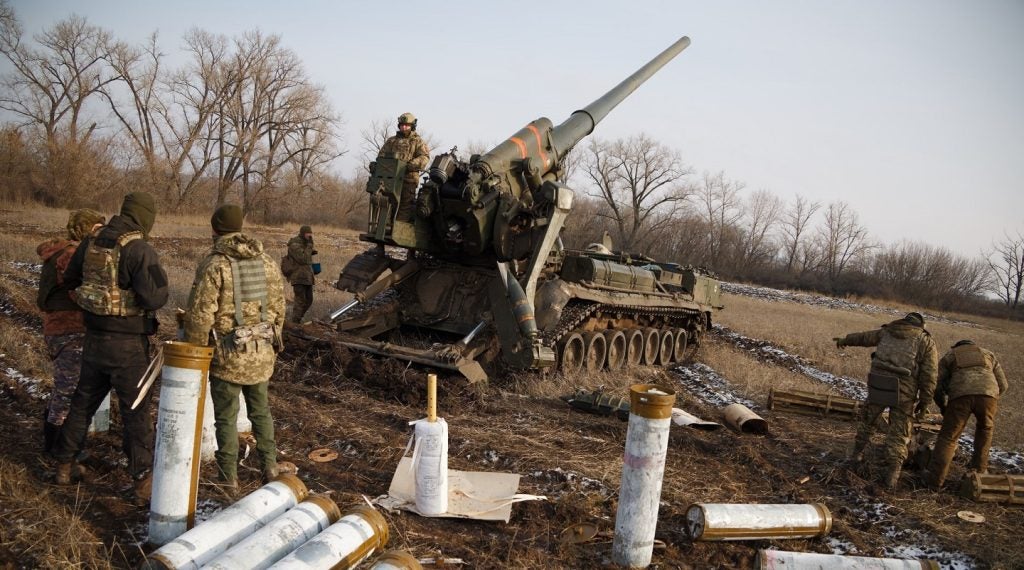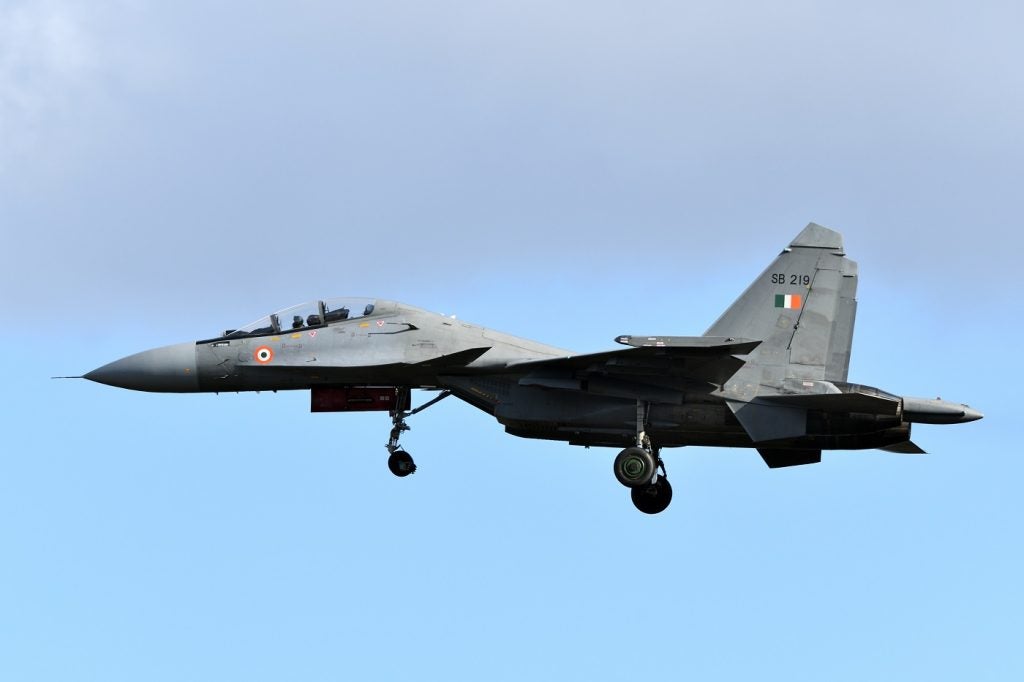The US Department of Defense (DoD) awarded several contracts to domestic suppliers so that it can strengthen the nation’s capacity to produce munitions.
With the war in Ukraine revealing how demonstrably necessary artillery, munitions and ammunition can be, the department is learning lessons as it secures its inventory in the long-term.
Armtec Defense Products, a California-based combustible ordnance manufacturer, will continue to deliver artillery charge systems and combustible case assemblies to the US Army under a contract modification worth $691.6m.
This agreement goes back to March 2021, when the DoD originally awarded Armtec a contract valued at $207.6m for combustible case assemblies for 155mm propelling charges.
However, the DoD recognises that it must invest in the industrial infrastructure that manages the expanding munitions production. The Washington-based Doyon Technical Services will therefore build a munitions maintenance and administration facility under a contract worth $12.7m.
A call to arms: “dig deep and donate”
These contracts follow the latest Ukraine Defense Contract Group, which met at Ramstein Air Base in Germany on the 19 September, where the US Defense Secretary Lloyd Austin called for allies and partners to “dig deep and donate whatever air defence munitions they can.”
“As we approach winter,” US General Mark Milley added, “each nation today [has] committed to continuing their support with a focus on the top three priorities of air defence, artillery and (mechanised) armour.”
So far, the US has contributed $43.7bn worth of military assistance since the start of the invasion of Ukraine in February 2022 – including more than two million 155mm artillery rounds; more than 7,000 precision-guided 155mm artillery rounds; more than 20,000 155mm rounds of Remote Anti-Armor Mine systems; more than 800,000 105mm artillery rounds; among much more munitions and systems.
GlobalData estimates indicate that Russian forces are firing more than 20,000 artillery shells per day, with the Ukrainian armed forces firing around one third of that at 6,000 to 7,000 per day in late February 2023. Now that Ukraine is waging a long, drawn-out counteroffensive in the south and east, these figures will far surpass this estimate.
Ensuring long-term munitions sustainment
The Congressional Research Service noted that the US focuses its assistance on providing capabilities that Ukraine’s domestic defence industry cannot produce. This will increase Ukraine’s resilience and ability to sustain offensive combat operations.
Timing closely with Austin’s call for more munitions, the new contracts focus on long-term sustainment – especially as the DoD builds new facilities to administrate national munitions output.
However, this boost to industrial infrastructure is nothing new; it has been part of the Biden administration’s military strategy for some time. The US Government has attempted to provide manufacturers and key industrial partners with the means to increase their capacity – strengthening resilience in batteries, hypersonics, tube engines, and most recently, semiconductor chips.
The US Government hopes that the strategy will help to ensure an appropriate level of munitions in the long-run. This will avoid the sustainment issues the invading Russian forces are reportedly experiencing.
The Institute for the Study of War pointed out on 20 September that Russian servicemen have claimed that they “do not have prepared defensive positions and have to rely on small arms whereas the Ukrainians have artillery”.











